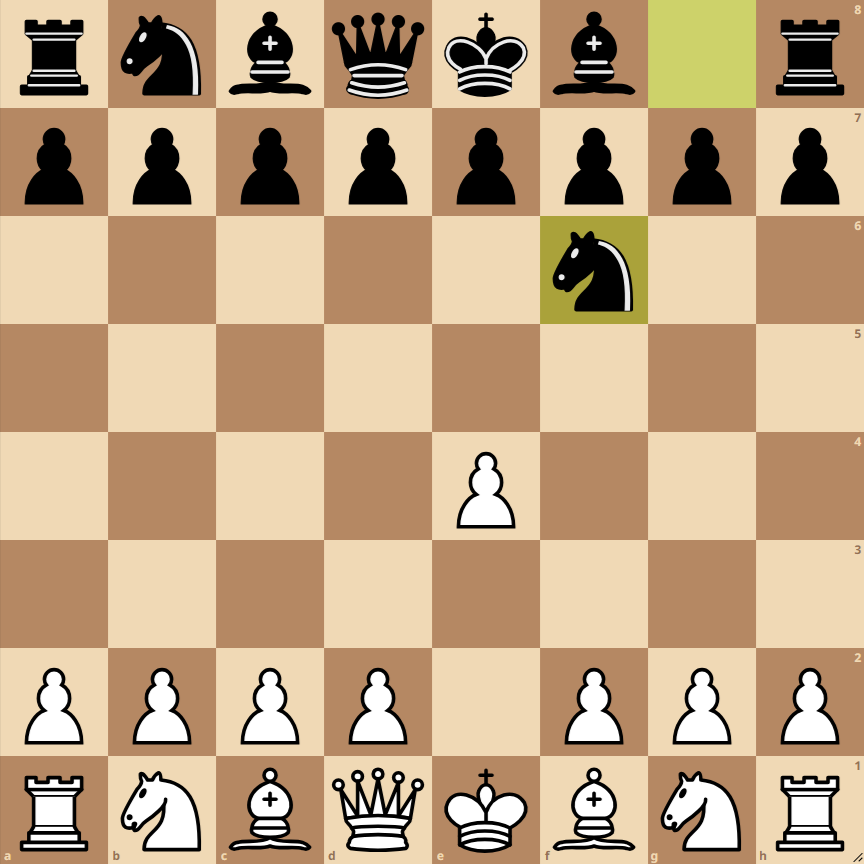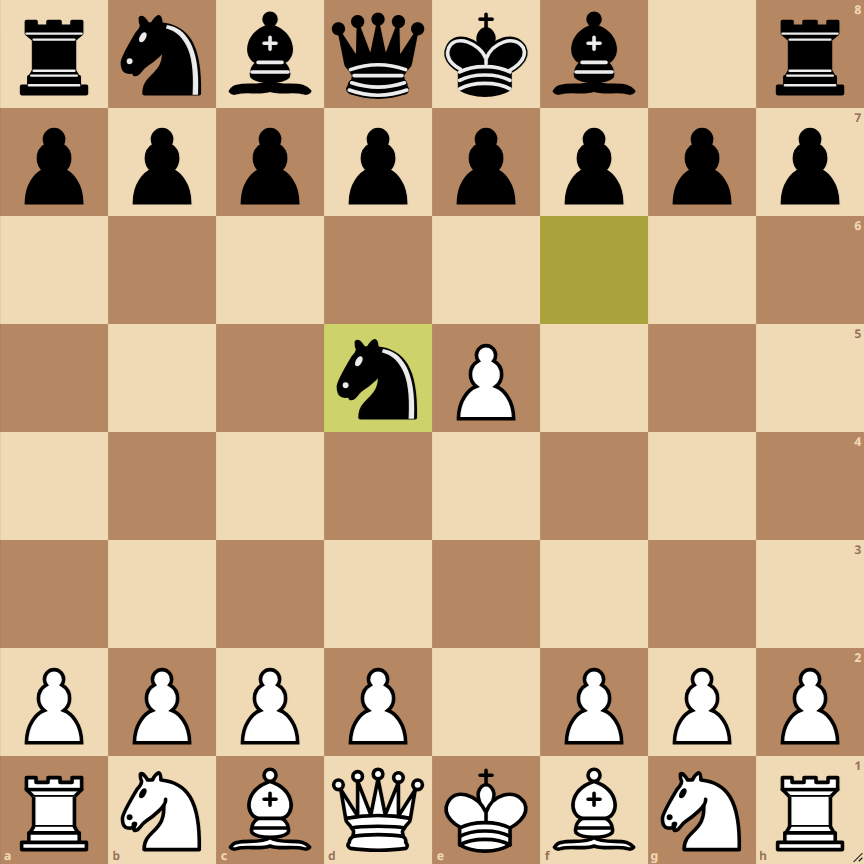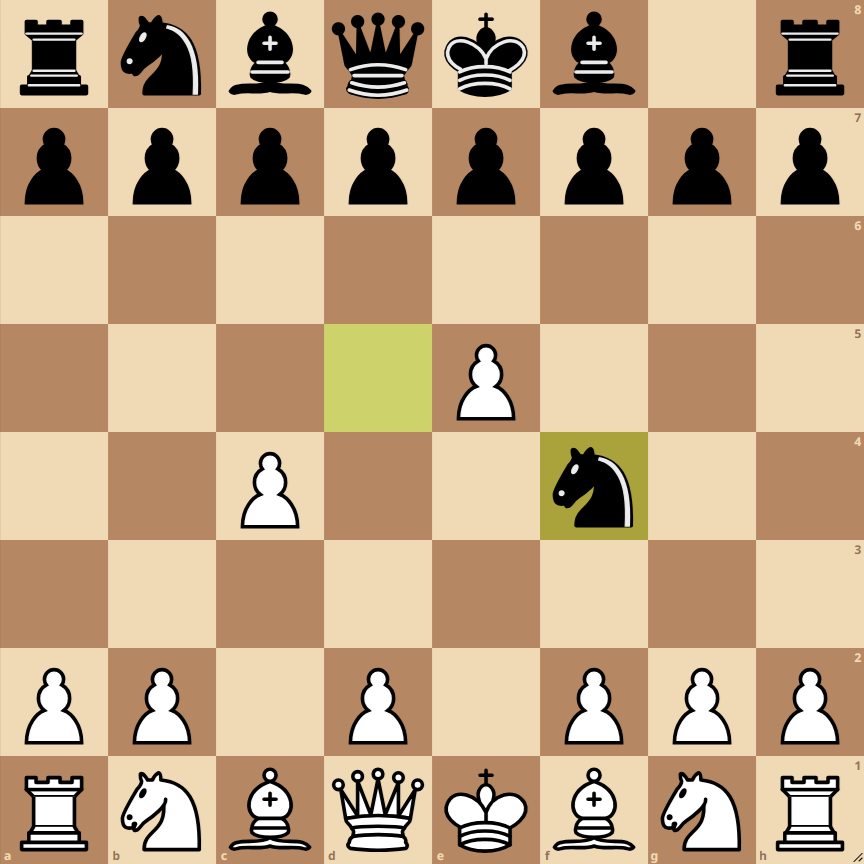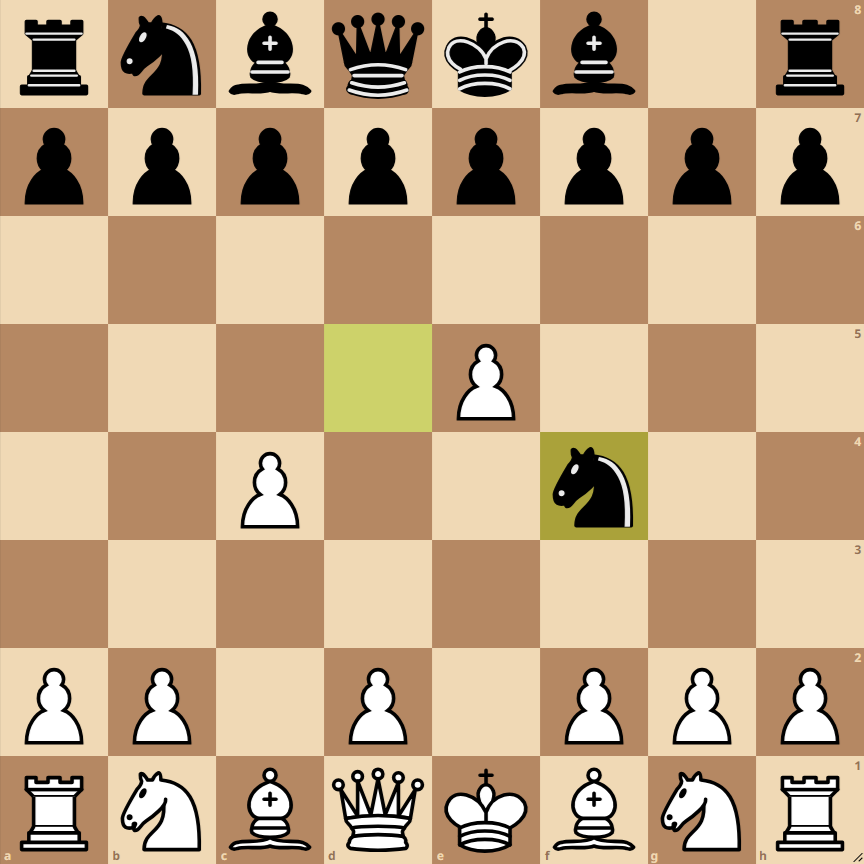How to Play the Alekhine Defense: The Squirrel Variation



- 1. e4: White starts with a central move, controlling the center and preparing for piece development.
- 1… Nf6: Black responds by attacking the e4 pawn with the knight, initiating the Alekhine Defense, a hypermodern opening.
- 2. e5: White advances the pawn to gain space and attack the black knight, aiming to seize the initiative.
- 2… Nd5: The black knight relocates to d5, a strong central square, maintaining pressure on the center.
- 3. c4: White advances the queen’s pawn to control more central space and attack the black knight.
- 3… Nf4: Black moves the knight to f4, a less common move that adds a creative twist to the opening.
Variations of the Alekhine Defense: The Squirrel Variation
Variation 1: 3… Nb6
Retreating the knight to b6 is a more common move, supporting central control and preparing for further piece development.
Variation 2: 3… Nc6
Developing the other knight to c6 offers a more symmetrical game and supports the pawn on e5.
Variation 3: 3… g6
Preparing a fianchetto of the king’s bishop with g6 can lead to more flexible pawn structures and a focus on bishop development.

